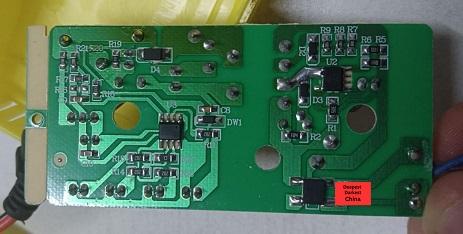Both linear and switching power supplies serve the same purpose of converting AC to DC and reducing the voltage, but each achieves this through a different method.
Linear power supplies convert AC voltage to DC by using a transformer to step down the voltage, followed by rectification and smoothing. They are known for their simplicity, low electrical noise, and quick response to load changes. However, they are inefficient, as excess energy is dissipated as heat, requiring large heat sinks. Linear power supplies are bulky and heavy due to their large iron-core transformers to work at the input 50/60hz AC frequency.
Switching power supplies, on the other hand, rectify (convert) AC to DC first and then regulate the voltage using high-frequency switching. This design enables higher efficiency, electrical isolation, smaller and lighter designs, as smaller transformers are used at higher frequencies (200kHz - 1MHz). However, they generate more electrical noise due to rapid switching and are more complex in design.
